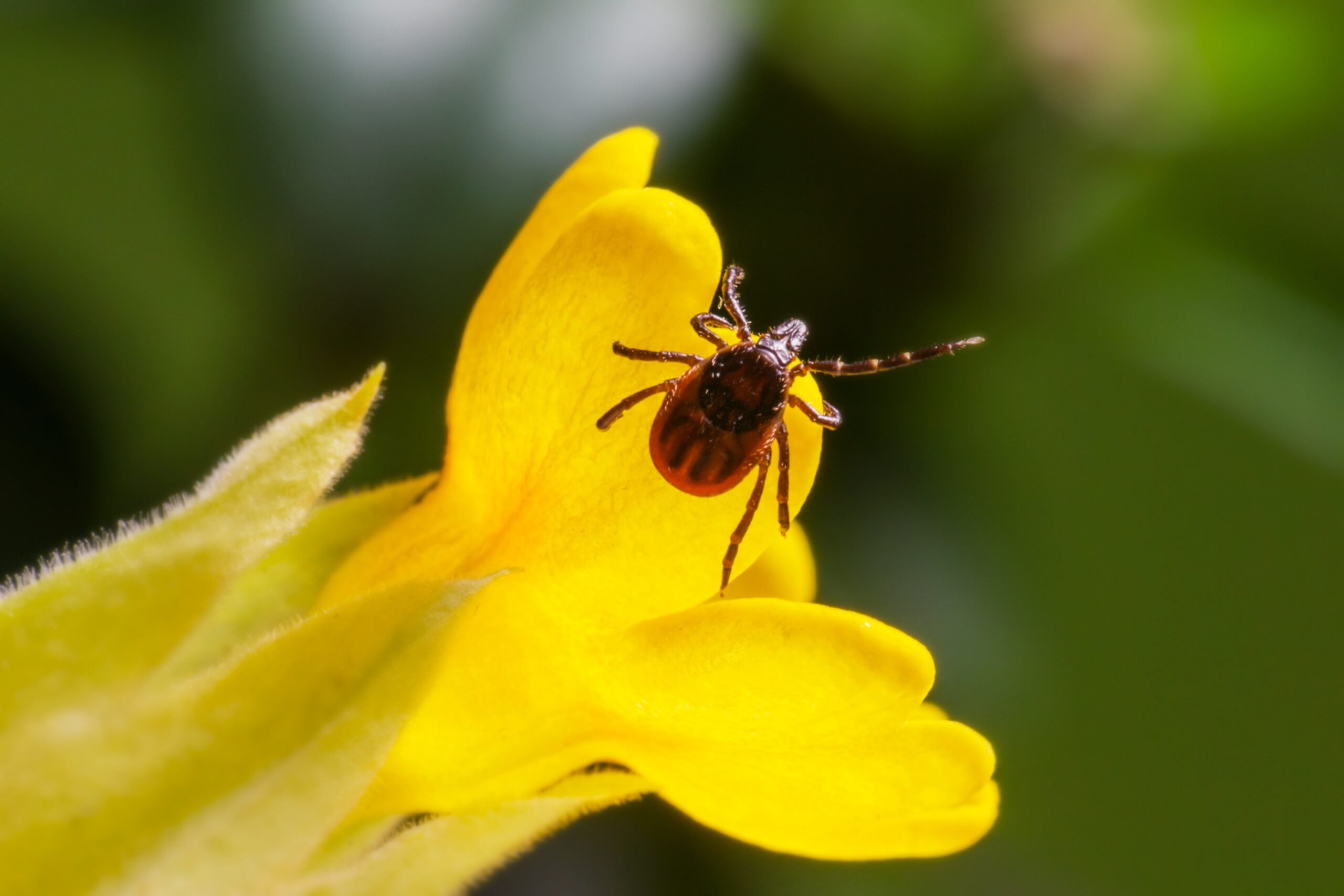
Ticks, the tiny arachnids that can transmit diseases to humans and animals, have always been a cause for concern. While chemical tick repellents and treatments are prevalent, the allure of natural alternatives has been steadily rising. In this article, we’ll dissect the efficacy of natural tick prevention methods and shed light on their potential advantages, limitations, and key factors to consider.
Essential oils such as lemon eucalyptus, lavender, and geranium are frequently championed as natural tick repellents. Although some studies hint at their repellent properties, the results have been mixed.
Essential oils might offer temporary protection against ticks, but they might not match the reliability of synthetic repellents in high-risk areas or during prolonged outdoor activities. It’s vital to acknowledge that individual responses to essential oils can vary, and their frequent reapplication is often mandatory.
Cedar oil, a common natural tick repellent, houses compounds known to deter ticks and other insects. While cedar oil might offer some protection, its effectiveness can fluctuate based on factors like concentration, application method, and the specific tick species in your area.
For those living in low-risk regions or seeking an additional line of defense, cedar oil can be an option. However, for optimal tick control in high-risk areas, it is recommended to use cedar oil in tandem with other preventive measures.
Plants such as rosemary, sage, and marigold are thought to have tick-repellent properties. Cultivating these plants in your garden or creating natural barriers might help lower tick populations. Yet, depending solely on tick-repellent plants might not guarantee full protection, as ticks can migrate from surrounding areas. Pairing plant-based prevention with other strategies like proper clothing and regular tick checks can boost the overall effectiveness.
Permethrin, a synthetic chemical derived from chrysanthemum flowers, is often used to treat clothing for repelling ticks. Permethrin-treated clothing proves to be a highly effective protective method as it repels and kills ticks upon contact. This approach, extensively tested and found to be reliable, offers enduring protection even after numerous washes. It’s particularly beneficial for individuals frequently partaking in outdoor activities or living in high-risk tick regions.
Modifying the landscape around homes and recreational spaces can aid in reducing tick populations. Habits like maintaining a neatly mowed lawn, clearing leaf litter, and creating barriers with gravel or wood chips can make these areas less appealing to ticks. While landscaping modifications alone might not assure full protection, they can enhance a comprehensive tick prevention strategy when coupled with other preventive measures.
As the desire for natural tick prevention methods grows, it becomes crucial to understand their effectiveness and constraints. While natural approaches offer potential advantages, they may not be as dependable as synthetic repellents and permethrin-treated clothing, especially in high-risk tick environments.
An effective tick bite prevention and risk reduction of tick-borne diseases involve a comprehensive approach. This encompasses blending natural tick prevention methods with tried-and-tested strategies such as regular tick checks, appropriate clothing, and evasion of tick-infested regions.
By grasping the strengths and considerations of natural tick prevention methods, you can make informed decisions to safeguard your pets and loved ones in tick-prone environments.
Back